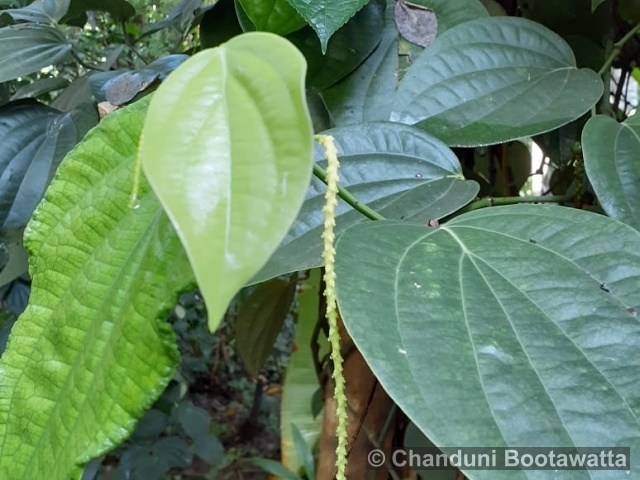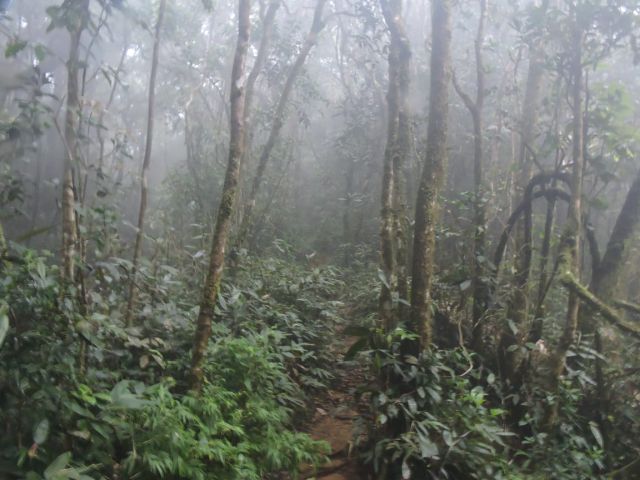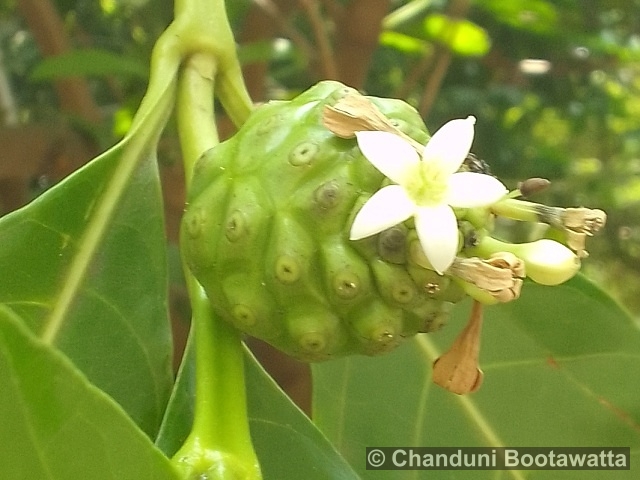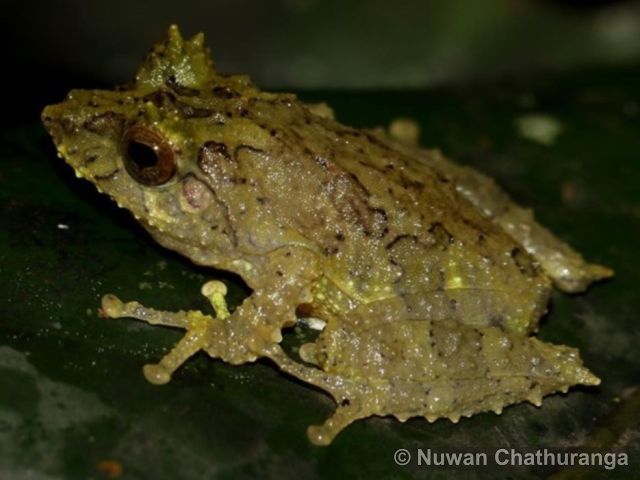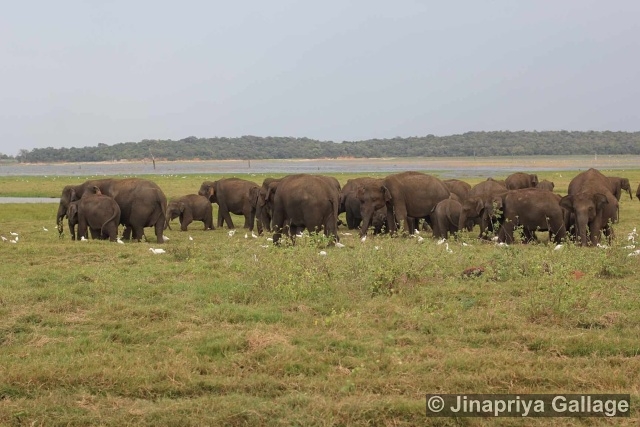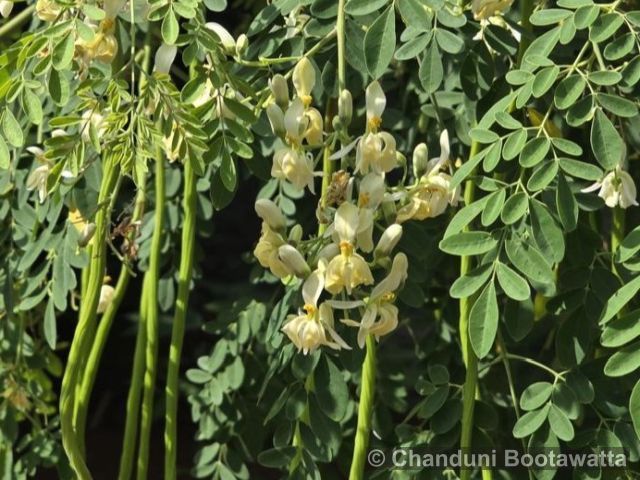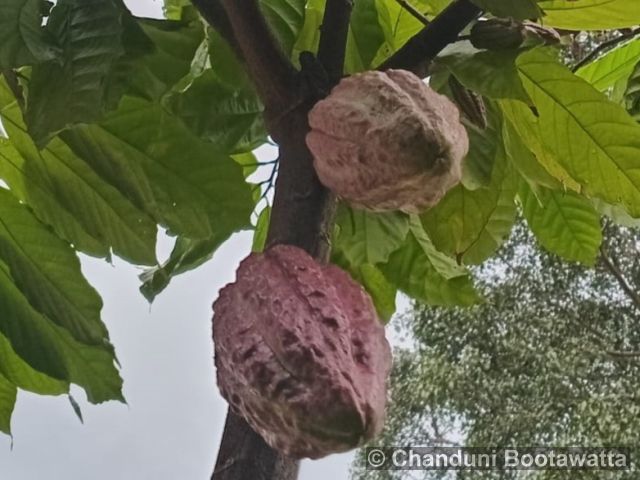Tento příspěvek byl přečten264krát!
Topography and Ecology
The mountain range nestled in the heart of Central Sri Lanka, resembling two clasped hands, goes by the name Knuckles Mountain Range. Coined by the colonial British for its distinctive folds and peaks, it’s locally known as ‘Dumbara Kanduvetiya,’ translating to ‘mist-laden mountain ranges.’
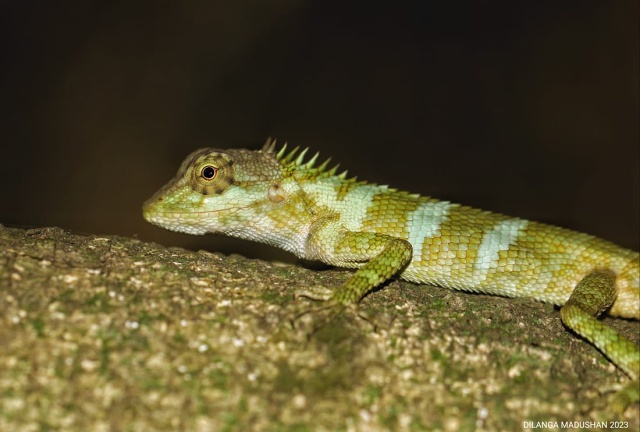
Calotes manamendrai
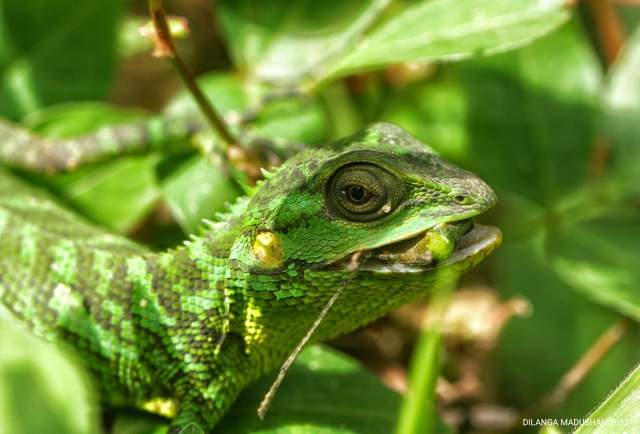
Calotes pethiyagodoi
The Knuckles Mountain Range is situated in the Intermediate Zone between the latitudes 7°181-7°341 and longitudes 80°411-80°551 within a 915-1906m elevation range in the Matale District. The slopes directly exposed to monsoon winds receive a high amount of rainfall (2725-4470 mm) per annum. Temperature in the area ranges between 25°C and 27°C at lower altitudes and 18°C-20°C at higher altitudes.
Worldwide Recognition
The Knuckles Mountain range is situated over 1,500 meters spreading over 18,500 ha in the Kandy and Matale districts. The Mountain range was declared a climatic reserve in 1873 and a conservation forest in 2000, later a UNESCO Man & Biosphere Reserve and a World Heritage Site in 2009.
Endemic wildlife
The Knuckles conservation forest, also a UNESCO world heritage site, stands as the country’s prime biodiversity hotspot. It boasts an impressive array of flora and fauna, including 1,033 plant species, with 15% being endemic, 128 bird species (17 endemic), 31 mammal species, 20 amphibian species, and 53 reptile species, featuring unique creatures such as the leaf-nosed lizard, exclusive to this region.
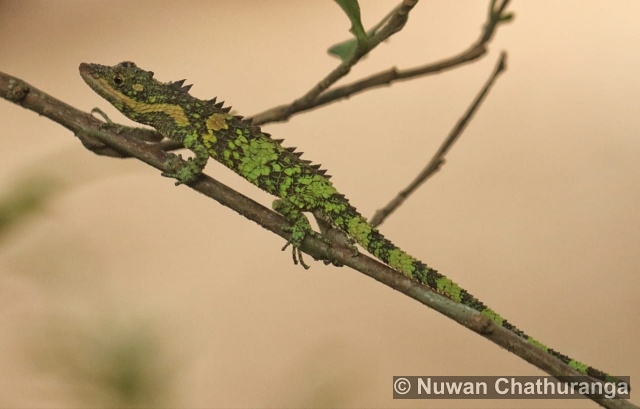
Cophotis dumbara
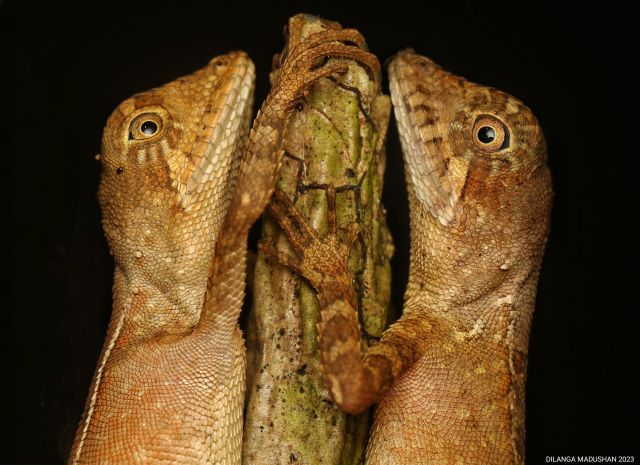
Otocryptus wiegmanni
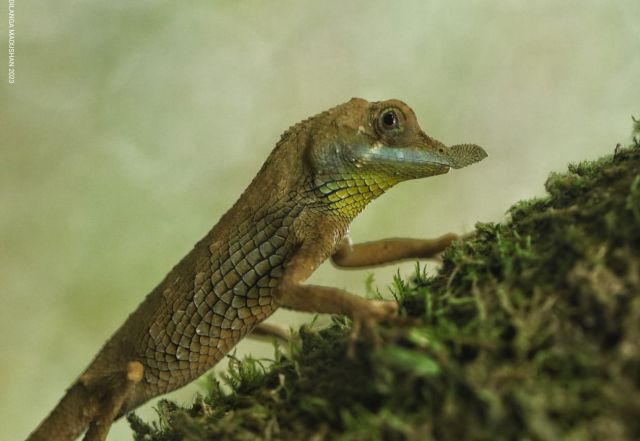
Ceretophora tennennti
31 species of mammals have been recorded in Knuckles, four of which are endemic. Wild Buffalo, Wild Boar, Black-naped Hare, Jackal, the endemic Toque Macaque & Purple-faced Leaf Monkey are commonplace. Fishing Cats and Mouse Deer have also been spotted.
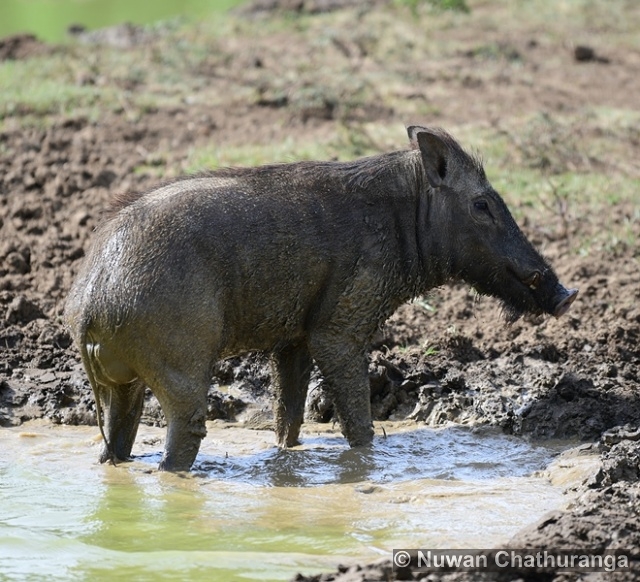
Sus scrofa
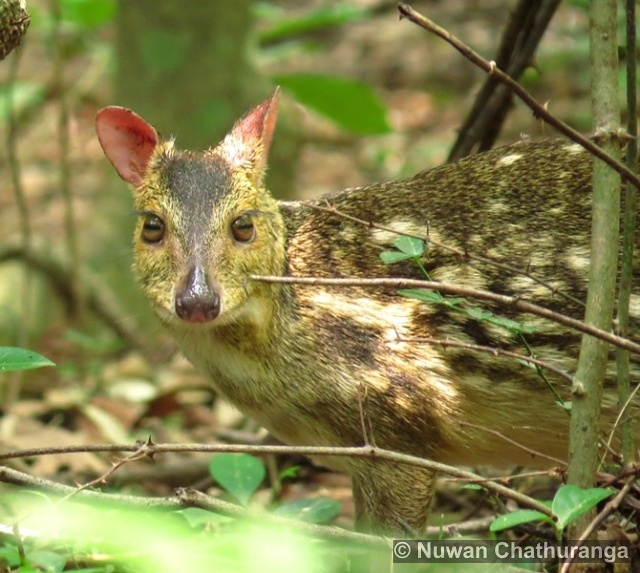
Moschiola meminna

Canis aureus naria
20 species of amphibians have been recorded in the Knuckles wilderness of which 12 are both endemic and endangered. A highlight is Kirthisinghe’s Rock Frog, which is found nowhere else in the world. 53 species of reptiles have been identified here of which 23 are endemic. Most commonly spotted during a nature trek are small geckos, pythons and monitor lizards. Among the endemic lizard species found at the Knuckles Range are Crestless Lizards (Calotes Leocephalus), Pygmy Lizards (Cophotis ceylonica), Kangaroo Lizards (Otocryptus Wiegmanni) and Leaf-nosed Lizards (Ceretophora Tennennti). There are 25 species of freshwater fish as well.
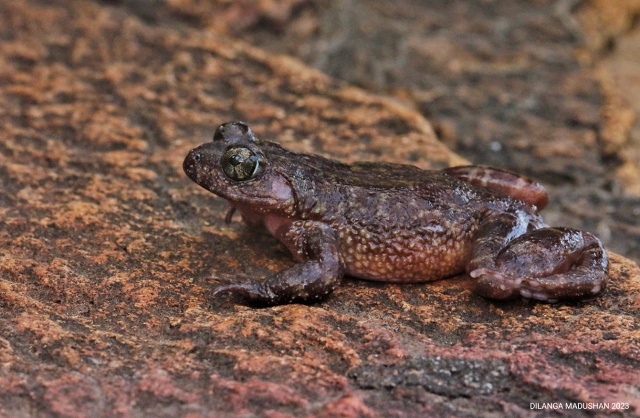
Nannophrys marmorata
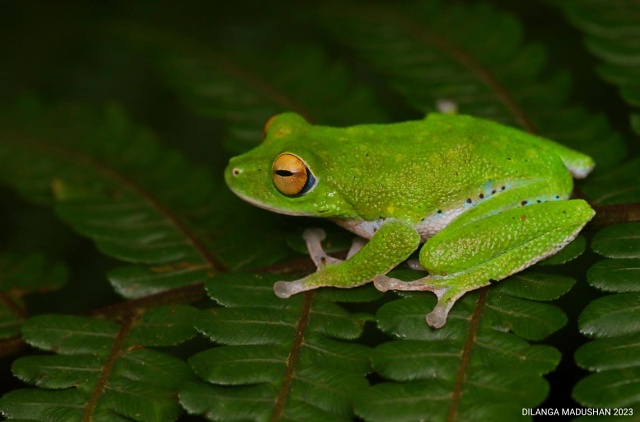
Pseudophilautus mooreorum
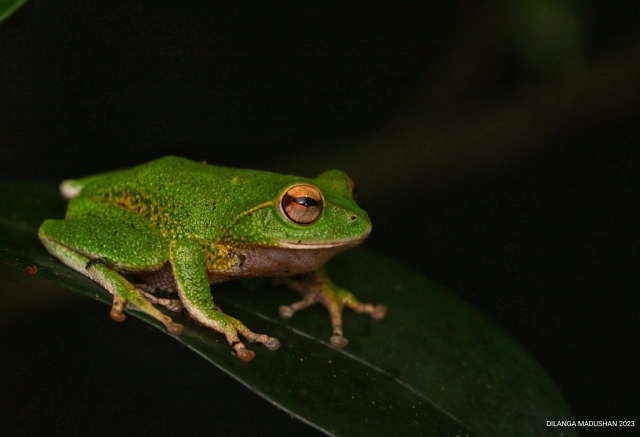
Pseudophilautus stuarti
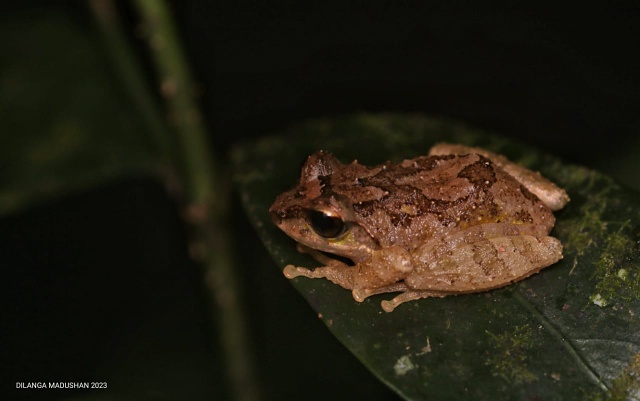
Pseudophilautus steineri
Over 130 species of birds inhabit the Knuckles Mountain Range and 20 of these are endangered. The endemics are represented by the Sri Lankan White Eye, Sri Lankan Hanging Parrot, Sri Lankan Layard’s Parakeet, Sri Lankan Spur Fowl, Sri Lankan Spot Wing Thrush, Sri Lankan Wood Pigeon, Sri Lankan Green Pigeon and the rare Sri Lankan Whistling Thrush. Migrants include Asian Paradise Flycatchers, Kashmir Flycatcher (which is endangered) Indian Pitta, Common Sandpiper, Gray and Forest Wagtails, Greenish Warbler and the Indian Blue Chat.
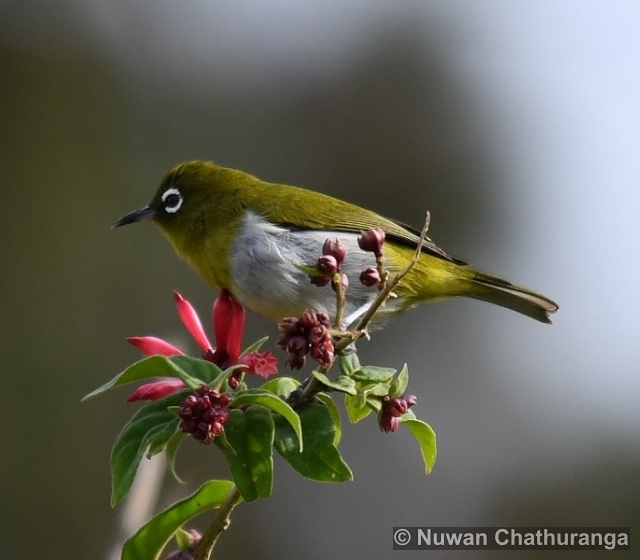
Zosterops ceylonensis
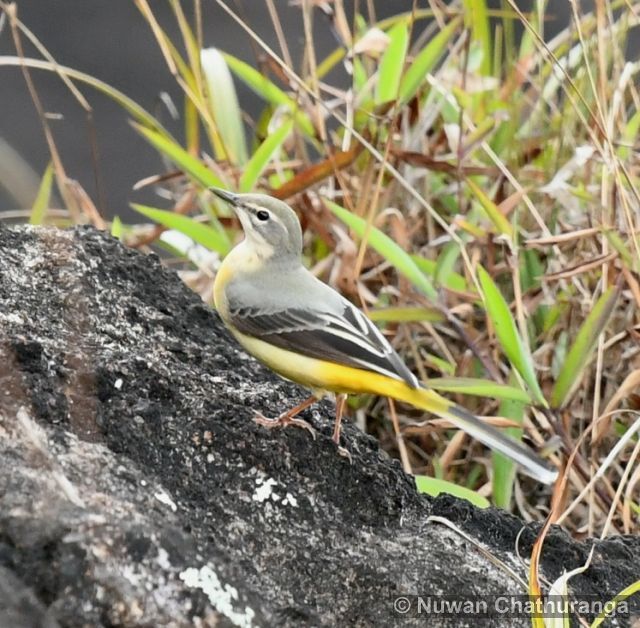
Motacilla cinerea
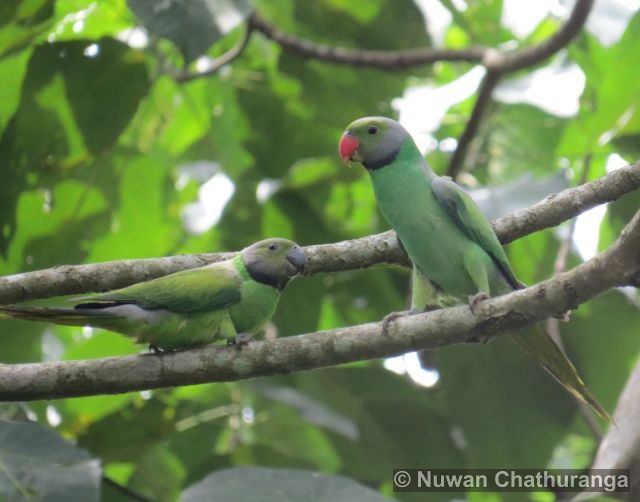
Psittacula calthrapae
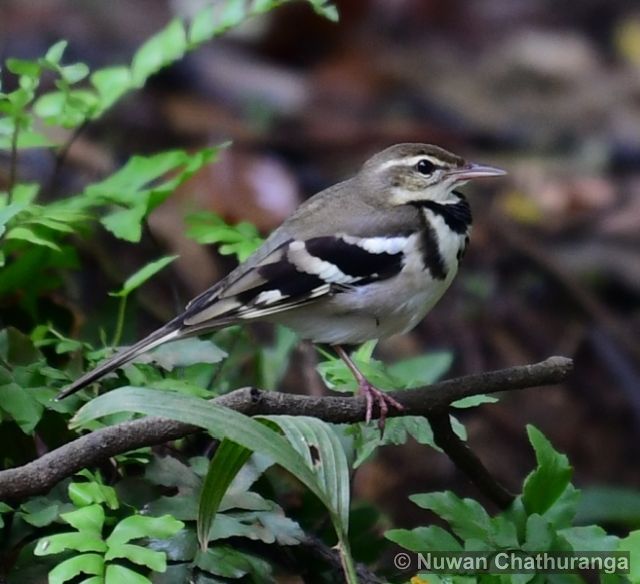
Dendronanthus indicus
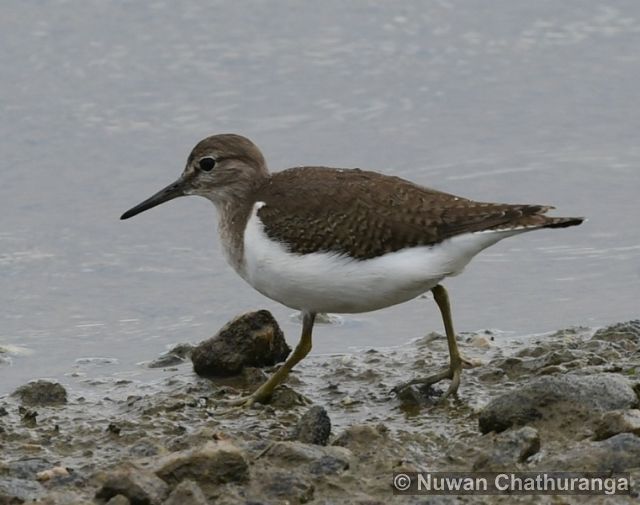
Actitis hypoleucos
Author of text: Devindi Budhawaththa.
Authors of photos: Dilanga Madushan, Nuwan Chathuranga.



 Poslat emailem
Poslat emailem